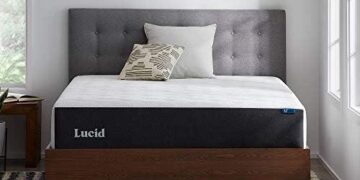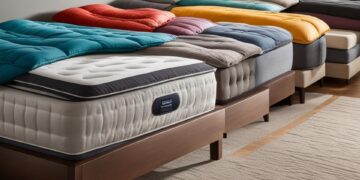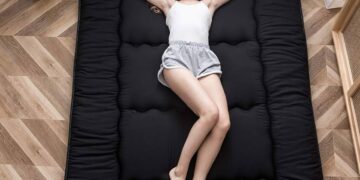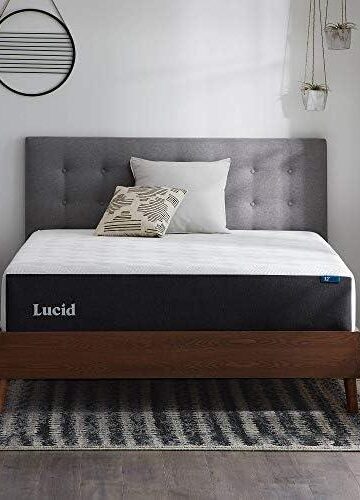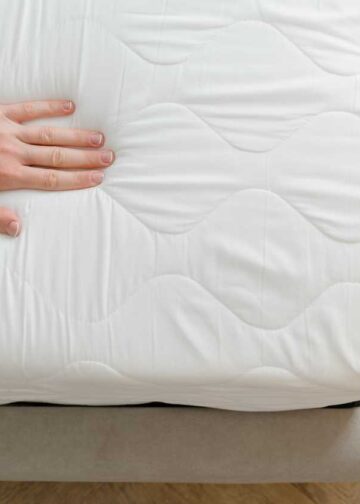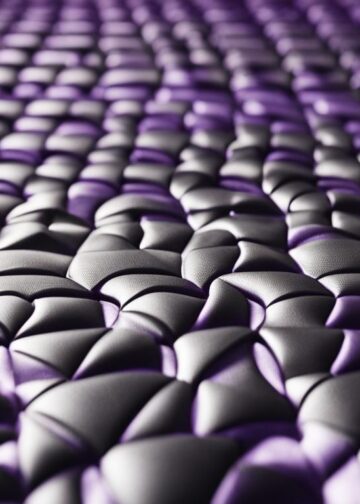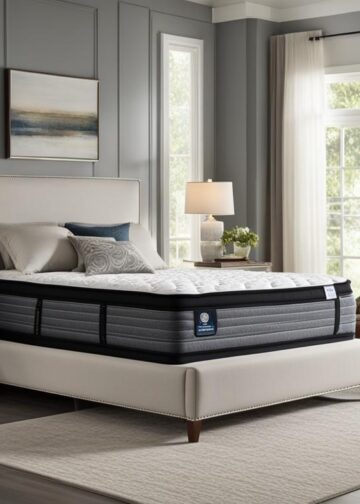In the 1970’s NASA scientists were faced with many challenges. As with many of those breakthroughs there was one that truly benefited everyone. And that’s the sleeping mattress.
NASA memory foam is visco-elastic foam that was developed with a view to reduce the amount of pressure on the astronaut’s body, predominantly during times of increased G-force, such as take off and re entry.
The basic concept behind NASA memory foam is really simple. If you spread out the weight of the body to cover more surface area there is less pressure on certain points. Because the foam moulds to the shape of the body it allows for this distribution. More of the body is supported. This can reduce pressure by up to 50%.
Because the foam is made from polyurethane it reacts to temperature, so the foam will conform to the body shape not only by pressure exerted on it, but the body temperature as well.

Foam is made by mixing chemical compounds and aerating it. The higher the density of the foam the smaller the air bubbles. Indentation Force Deflection (IFD) is used to measure the density of the foam and determine its use. Simply put it measures how much force in pounds is needed to make a dent of 1 inch in the compound. This is tested on a prescribed size sample. An average density memory foam used for mattresses is between 12IFD and 16IFd.
It was initially designed for the seats in the Space Shuttle, and targeted at protecting the spine and joints from injury.
As it was designed for specific purposes it was very expensive to manufacture. Added to that, as it was not developed for prolonged use it did show signs of wear. In first compounds, the compression became cumulative and did not revert to the original form. It did however show promise but could not be used to its full potential until further developments were made.
Using lateral thinking the developers of the memory foam discovered that there were benefits for people who were bed ridden and in wheel chairs. There were significant drops in pressure sores when used and patients noted a marked improvement in comfort. The reduction of pressure sores also meant a decline in gangrenous ulcers which then in turn reduced the amount of discomfort and care needed. But as this was a very high tech product, designed with a very small target market, it was very expensive to use.
It wasn’t until the 1990’s that memory foam was developed to be available in the consumer market as mattresses, pillows and for medical applications.
So you can thank the space race and NASA memory foam for your good nights sleep.
- “Sleep Like Royalty: Discover the Lucid 12″ Cal King Mattress!” - February 14, 2024
- “Is Your Mattress Past Its Prime? Find Out Now!” - February 11, 2024
- Sleep Better Every Season: Seasonal Sleep Tips - January 26, 2024

